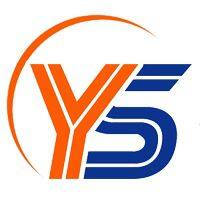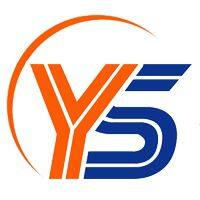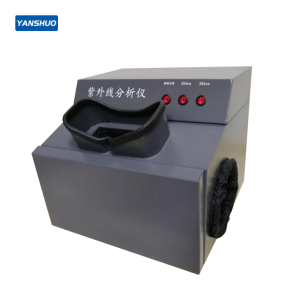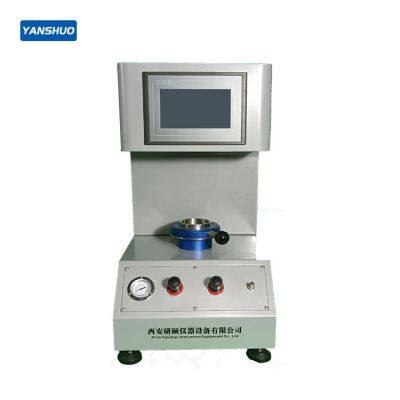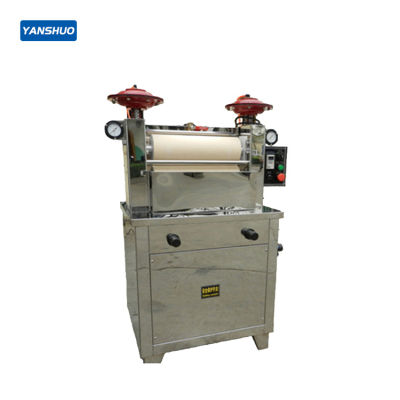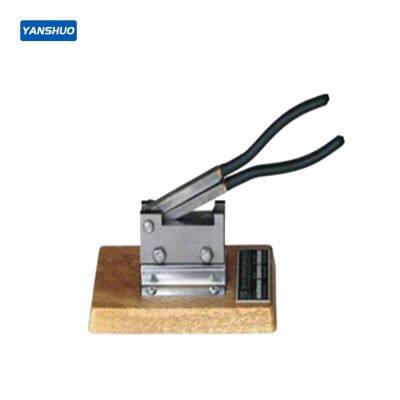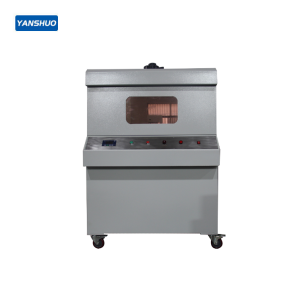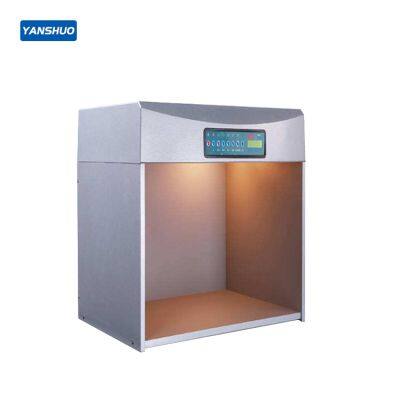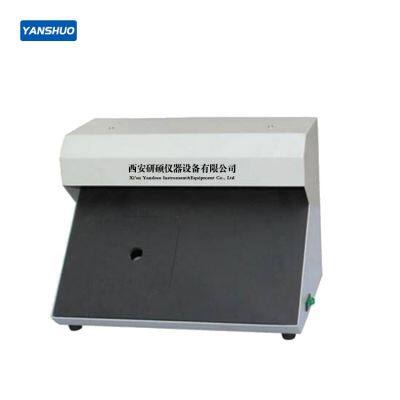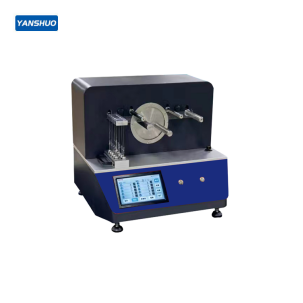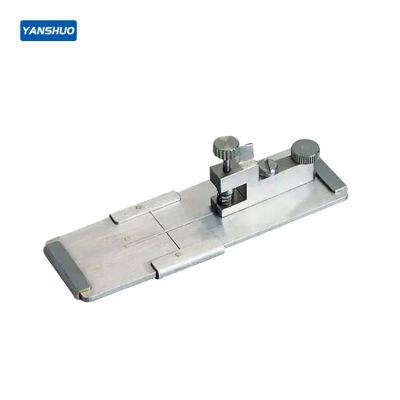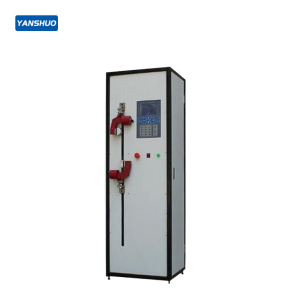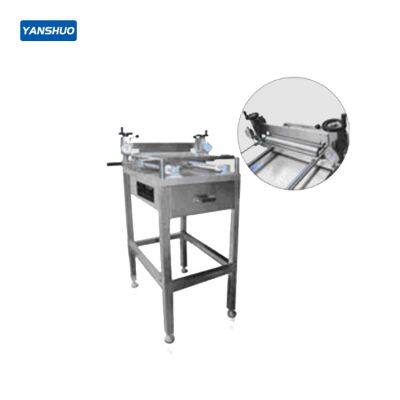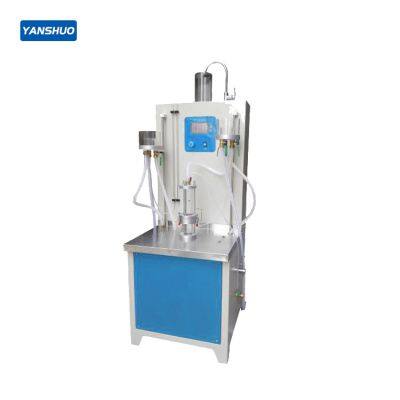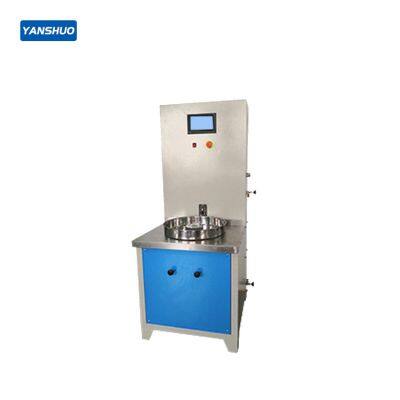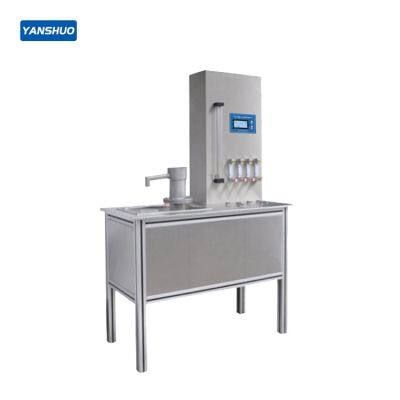Recycling Testing of Nonwoven Fabrics: How to Assess the Purity and Performance of Recyclable Materi
I. Industry Challenges in Nonwoven Recycling
1.Material Contamination Issues
Commercial nonwovens often contain 3-5 polymer types (PP/PE/PET, etc.), with traditional sorting error rates reaching 30%.
Case Study: In 2023, a recycling company scrapped an entire batch of products due to PET contamination in PP recycled materials, causing a melting temperature mismatch (260°C vs. 160°C).
2.Performance Degradation Risks
Each recycling cycle reduces the average molecular weight of polypropylene fibers by 15% and decreases elongation at break by 40%.
II. Key Testing Indicators and Advanced Technologies
Testing Aspect | Technology | Standard | Equipment Cost |
Component Purity | Near-Infrared Spectroscopy (NIR) | Single polymer content ≥95% | ¥500,000-800,000 |
Melt Index Variance | Melt Flow Index Tester (GB/T 3682) | Difference vs. virgin material <10% | ¥150,000 |
Fiber Length | Dynamic Image Analysis (ISO 16072) | Retained length >5mm ≥60% | ¥1.2 million |
Harmful Residues | GC-MS (EU REACH testing) | Plasticizers <0.1%, heavy metals <50ppm | ¥2 million/year |
Innovative Solutions:
TOMRA Sorting System (Germany): AI recognition + high-pressure air jets, achieving 99.2% purity.
CAS Institute Fluorescent Tagging: Identifies PP/PET blend ratios in 30 seconds.
III. Performance Evaluation System for Recycled Nonwovens
1.Mechanical Performance Benchmarks (vs. virgin material):
Tensile strength retention ≥80%
Bursting strength retention ≥70%
2.Hygiene and Safety Requirements:
Medical-grade: Must pass ISO 10993 biocompatibility tests.
Consumer-grade: Formaldehyde emission <75mg/kg (GB 18401 Class B).
3.Process Compatibility:
Hot-air bonding temperature fluctuation range <±5°C (±3°C for virgin material).
Case Study:
A brand using 100% recycled PP nonwovens for shopping bags faced a 35% drop in heat-seal strength due to 12% excess melt index, resulting in customer claims.
IV. Technological Breakthroughs in the Circular Economy
1.Molecular-Level Recycling (Toray, Japan):
Depolymerization-repolymerization process enables recycled PET to match virgin material performance.
Cost: 40% higher than traditional recycling but reduces carbon emissions by 60%.
2.Blockchain Traceability:
Alibaba Cloud's "Recycle Chain" records batch-wise testing data, enabling 15-20% price premiums.
3.Policy Drivers:
EU mandates 30% recycled content in nonwovens by 2025.
China's "14th Five-Year Plan for Circular Economy" offers 10% tax rebates for recycled fiber enterprises.
Recently Posted
-
Why do disposable diapers need to be tested with professional testing instruments?
August 23, 2025I. Limitations of subjective assessment1.1 Uncontrollable factors in manual testingTraditional manual testing methods have many limitations:Inconsistent testing conditions: The temperature, volume, and pouring speed of the liquid are difficult to standardize in each test.Subjective result judgment: Different personnel have different judgment criteria.Difficult to quantify data: It is impossible to provide precise numerical evRead More -
Domestic vs. Imported Electronic Tensile Testing Machines: Performance Comparison and Cost-Effective
August 22, 20251. Brand Comparison: Technological Heritage and Market LandscapeImported Brands: Examples include Instron, MTS, and Zwick/Roell, which have long dominated the high-end market with a rich history and deep technological heritage. Their products are known for high precision and stability, particularly excelling in fields such as aerospace and cutting-edge scientific research. However, prices are generally high, often two times oRead More -
From Beginner to Expert: Daily Calibration and Error Compensation Techniques for Electronic Universa
August 21, 2025I. Why is Calibration So Important? The Chain Reaction of Errors:A 0.5% force value error can lead to a >20% deviation in fatigue life prediction (ASTM E739 data).Case Study: A spring factory failed to calibrate promptly, resulting in a batch of products exceeding stiffness standards and incurring losses of ¥800,000.Mandatory Standards:ISO 7500-1 stipulates: Class 1 equipment requiresRead More -
Electronic Tensile Tester Selection Guide: 5 Easily Overlooked Key Parameters
August 20, 2025I. Range Selection: Bigger Isn't Always BetterGolden Ratio Principle:Routine test forces should fall within 10%-90% of the range (ASTM E4 requirement)Case: A testing lab purchased a 100kN machine for 5N wire tests, resulting in ±8% error (3x over-limit)Multi-Range Solutions:Test TypeRecommended RangeAccuracy RangeTextile fibers0.5-500N±0.5%Automotive wires1-10kN±0.8%Metal materials10-300kN±1.0%Smart Sensor Tech:Zwick RoelRead More

